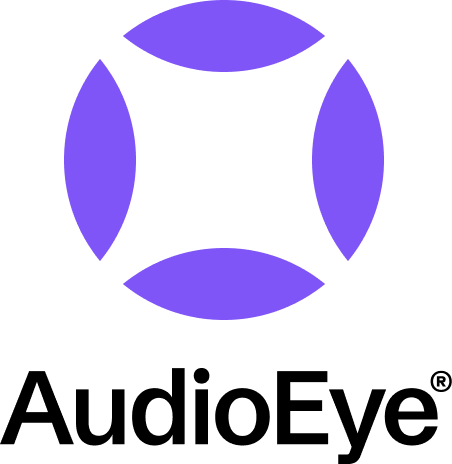AudioEye, Inc. (NASDAQ:AEYE) Struggles with Capital Utilization in Competitive Landscape
By Tredu.com • 2025-08-21 11:00:02
Tredu

- AudioEye's Return on Invested Capital (ROIC) of -14.04% is significantly lower than its Weighted Average Cost of Capital (WACC) of 7.70%, indicating inefficiency in generating sufficient returns.
- Compared to peers like Brightcove Inc. and Apyx Medical Corporation, AudioEye shows a higher inefficiency in capital utilization with a ROIC to WACC ratio of -1.82.
- ClearPoint Neuro, Inc. faces the most significant challenge with a ROIC of -40.55% and a ROIC to WACC ratio of -5.21, highlighting severe inefficiencies in capital utilization.
AudioEye, Inc. (NASDAQ:AEYE) is a company that focuses on digital accessibility solutions, helping businesses make their digital content accessible to individuals with disabilities. The company operates in a competitive landscape with peers like Brightcove Inc., ClearPoint Neuro, Inc., Rekor Systems, Inc., DarioHealth Corp., and Apyx Medical Corporation. These companies, while diverse in their offerings, share a common challenge in effectively utilizing their capital.
AudioEye's Return on Invested Capital (ROIC) is -14.04%, which is significantly lower than its Weighted Average Cost of Capital (WACC) of 7.70%. This negative ROIC indicates that AudioEye is not generating enough returns to cover its cost of capital. The ROIC to WACC ratio of -1.82 further highlights this inefficiency in capital utilization.
In comparison, Brightcove Inc. has a ROIC of -11.66% and a WACC of 7.48%, resulting in a ROIC to WACC ratio of -1.56. Although Brightcove's ROIC is also negative, it is closer to covering its cost of capital than AudioEye. This suggests that Brightcove is relatively more efficient in using its capital compared to AudioEye.
ClearPoint Neuro, Inc. presents a more challenging scenario with a ROIC of -40.55% against a WACC of 7.78%, leading to a ROIC to WACC ratio of -5.21. This indicates a significant gap between the returns generated and the cost of capital, highlighting inefficiencies in capital utilization.
Rekor Systems, Inc. and DarioHealth Corp. also face similar challenges, with ROIC to WACC ratios of -8.19 and -2.84, respectively. Apyx Medical Corporation, with a ROIC of -26.00% and a WACC of 11.53%, has a ROIC to WACC ratio of -2.26, indicating it is also struggling to generate returns above its cost of capital.